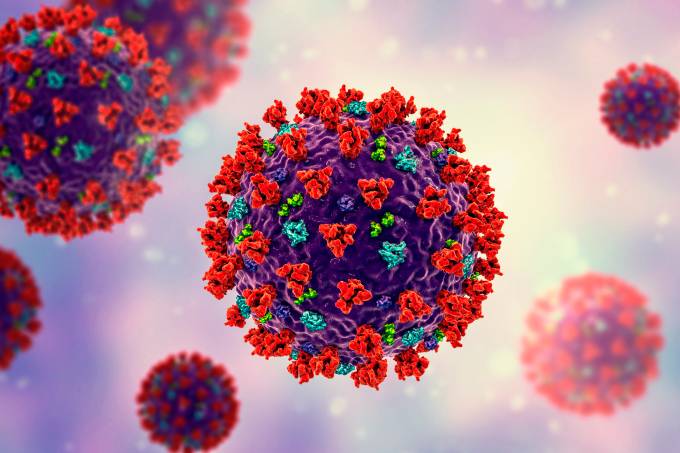Protocol Detail


HYPOTHERMIA
Hypothermia is a medical emergency that occurs when your body loses heat faster than it can produce heat, causing a dangerously low body temperature. Normal body temperature is around 98.6 F (37 C). Hypothermia (hi-poe-THUR-me-uh) occurs as your body temperature falls below 95 F (35 C).
Diagnosis
Defined as a core temperature <35 (measured via rectal or IDC probe).
Mild 32-35
· Increased basal metabolic rate
· Shivering
· Amnesia, dysarthria, ataxia, apathy
· Respiratory stimulation
· Normal BP
Moderate 28-32
· Stupor
· Cessation of shivering
· AF & dysrhythmias
· Heart rate declines
· Insulin ineffective
· Gradual loss of consciousness.
Severe <28
.Absent reflexes & voluntary movements
.Major acid-base disturbances
.Risk of developing pulmonary oedema
.Significant hypotension
.Arrhythmias common.
Results in multiorgan failure 9renal failure & pancreatitis are common.
Shivering stops at 30.
Tachycardia is followed by bradycardia & hypotension. Arrhythmias are common & often refractory to treatment.
Asystole & VT occur spontaneously below 25.
Respiratory stimulation is followed by depression.
Predisposing factors:
· Entrapment
· Cold water emersion
· Dermatological conditions (burns, erythroderma)
· Vasodilating drugs (Especially alcohol)
· Diabetes
· Elderly & neonates
· Endocrine failure
· Hypoglycaemia
· Immobility & inactivity
· CNS disfunction (drugs, trauma, acidosis, anoxia).
Management
General measures:
· ABC’s as indicated
· Remove wet clothing
· Handle gently (rough handling causes dysrhythmias!).
Investigations:
· IV access
· FBC, U&E’s, sugars, CK, Amylase/ lipase, Coagulation studies, venous gases
· ECG (bradycardias, dysrhythmias & Osbourne waves- ST elevation in II & V6)
Start warmed IV fluids (insulate lines), consider warmed humidified oxygen
Keep in a warm environment with warm clothing, space blankets
“Bair Hugger” should be used if <32 with aim to rewarm at 1-2/hr
Treat arrhythmias:
· Bradycardia & AF are common & usually revert with rewarming
· Other atria & transient ventricular arrhythmias should be ignored
· VF- defibrillation ineffective if <30,
CPR- CPR is difficult because of chest & myocardial compliance, DON’T COMMENCE if other lethal injuries are present.









